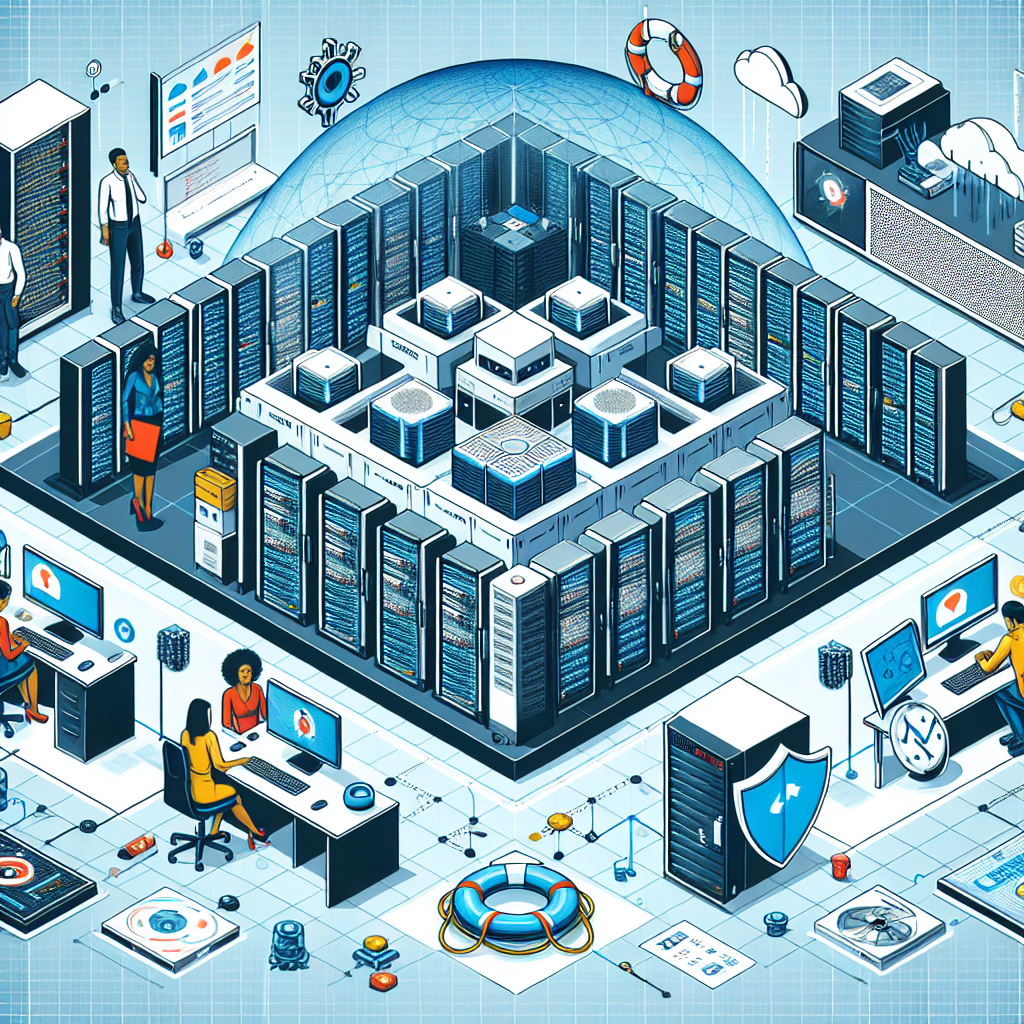Your cart is currently empty!
Building a Resilient Infrastructure: Disaster Recovery and Business Continuity in Data Center IT Operations

In today’s digital age, data centers play a crucial role in the operations of businesses and organizations. These facilities house the servers, storage systems, networking equipment, and other critical components that support the IT infrastructure. However, data centers are vulnerable to a wide range of risks, including natural disasters, power outages, cyber attacks, and equipment failures. To ensure the continuity of operations and protect valuable data, it is essential to build a resilient infrastructure with robust disaster recovery and business continuity plans.
Disaster recovery is the process of restoring IT systems and data in the event of a disruption or outage. This involves creating backups of data, applications, and configurations, and implementing strategies to quickly recover and resume operations. Business continuity, on the other hand, focuses on maintaining essential functions during and after a disaster, ensuring that the organization can continue to operate and serve its customers.
Building a resilient infrastructure starts with a thorough assessment of risks and vulnerabilities. Data center operators must identify potential threats, such as floods, fires, earthquakes, or cyber attacks, and assess the potential impact on operations. With this information, they can develop a comprehensive disaster recovery and business continuity plan that addresses various scenarios and ensures the organization’s ability to recover quickly and efficiently.
One key component of a resilient infrastructure is redundancy. This involves duplicating critical systems, components, and data to ensure that there are backup options in place in case of failure. Redundancy can be implemented at various levels, including power supplies, networking equipment, and storage systems. By having redundant systems in place, data center operators can minimize downtime and maintain operations during a disaster.
Another important aspect of building a resilient infrastructure is implementing a robust backup and recovery strategy. This includes regularly backing up data and applications, storing backups in secure offsite locations, and testing the recovery process to ensure that it works effectively. By having reliable backups in place, organizations can quickly restore data and systems in the event of a disaster, minimizing the impact on operations and reducing downtime.
In addition to backups and redundancy, data center operators should also consider implementing disaster recovery technologies, such as virtualization and cloud computing. These technologies can help organizations quickly recover and migrate IT systems and applications to alternative locations, minimizing downtime and ensuring the continuity of operations. By leveraging these technologies, organizations can build a more resilient infrastructure that can withstand various threats and disruptions.
Overall, building a resilient infrastructure with robust disaster recovery and business continuity plans is essential for ensuring the continuity of operations and protecting valuable data in the data center. By assessing risks, implementing redundancy, backups, and disaster recovery technologies, organizations can minimize downtime, recover quickly from disruptions, and maintain operations during and after a disaster. Investing in resilience will not only protect the organization’s reputation and bottom line but also ensure that it can continue to serve its customers and stakeholders effectively.

Leave a Reply